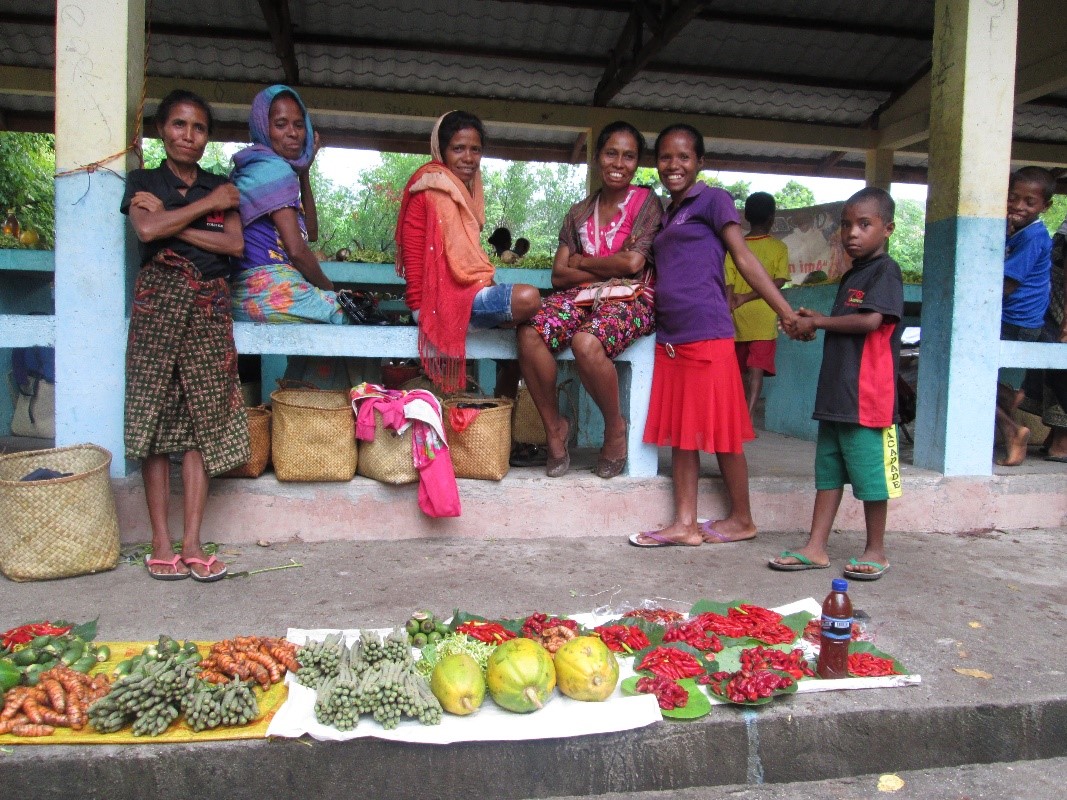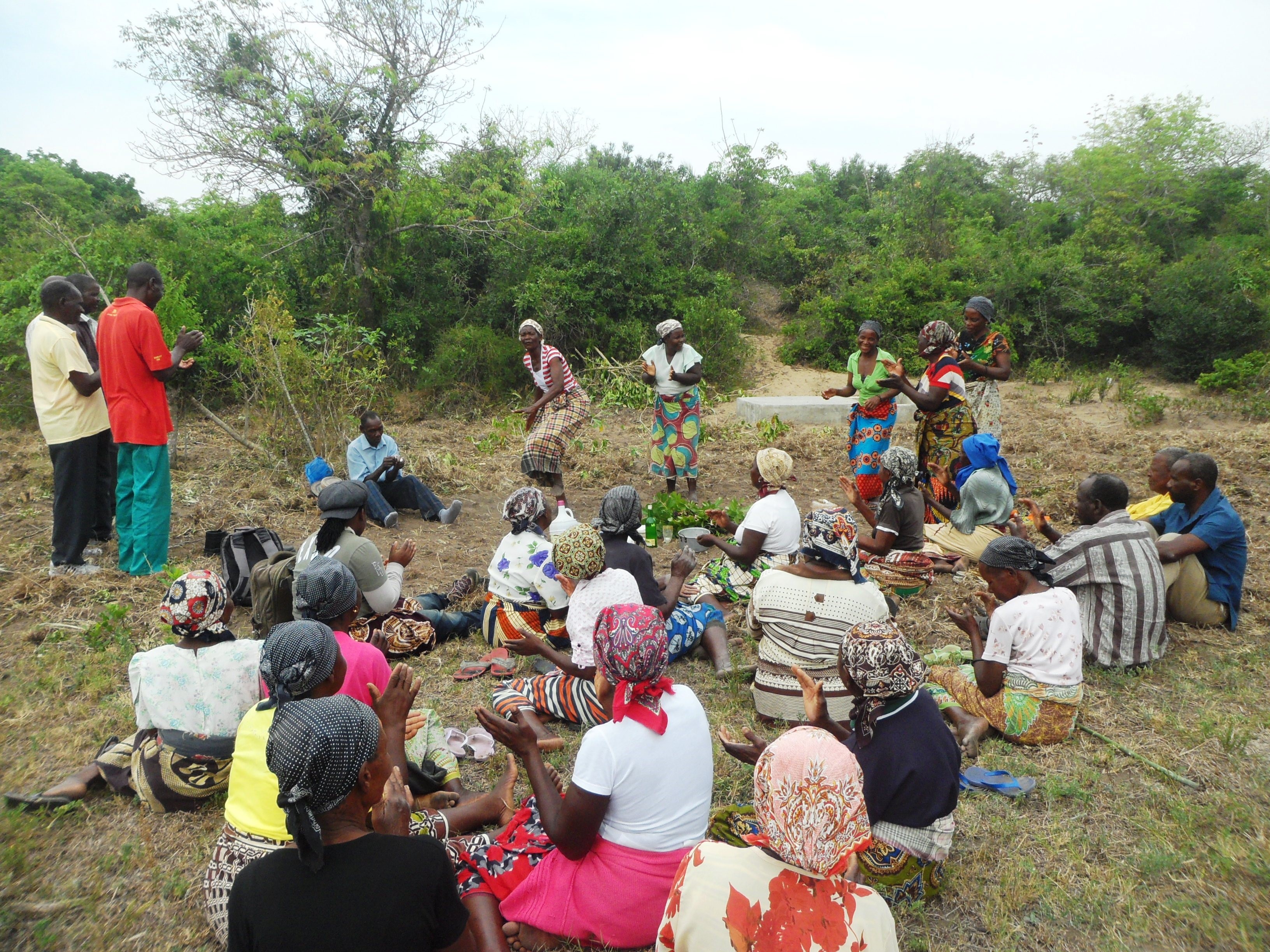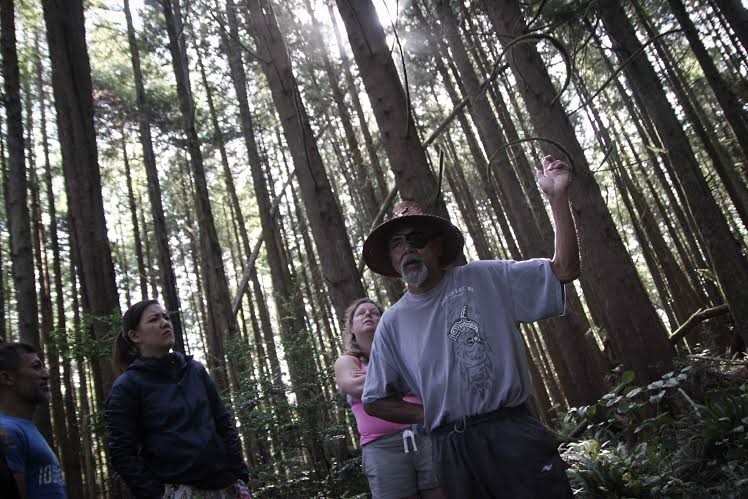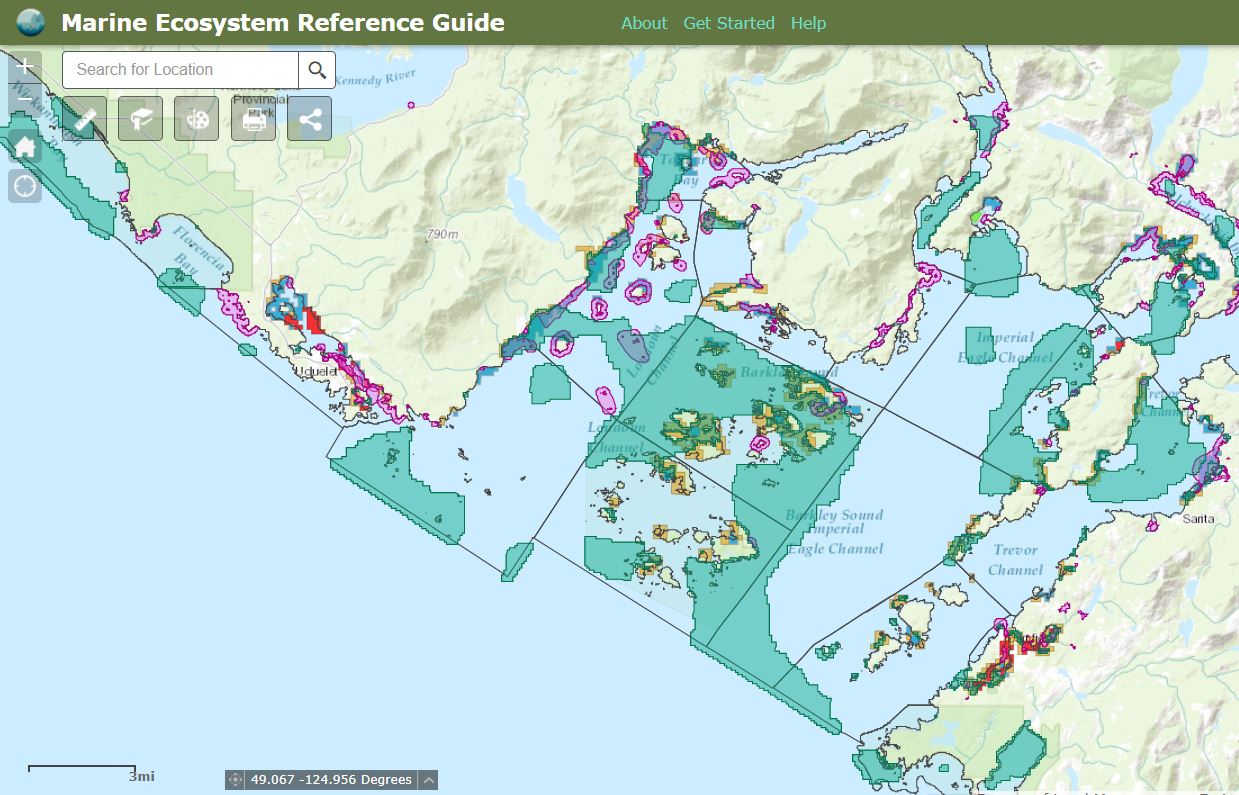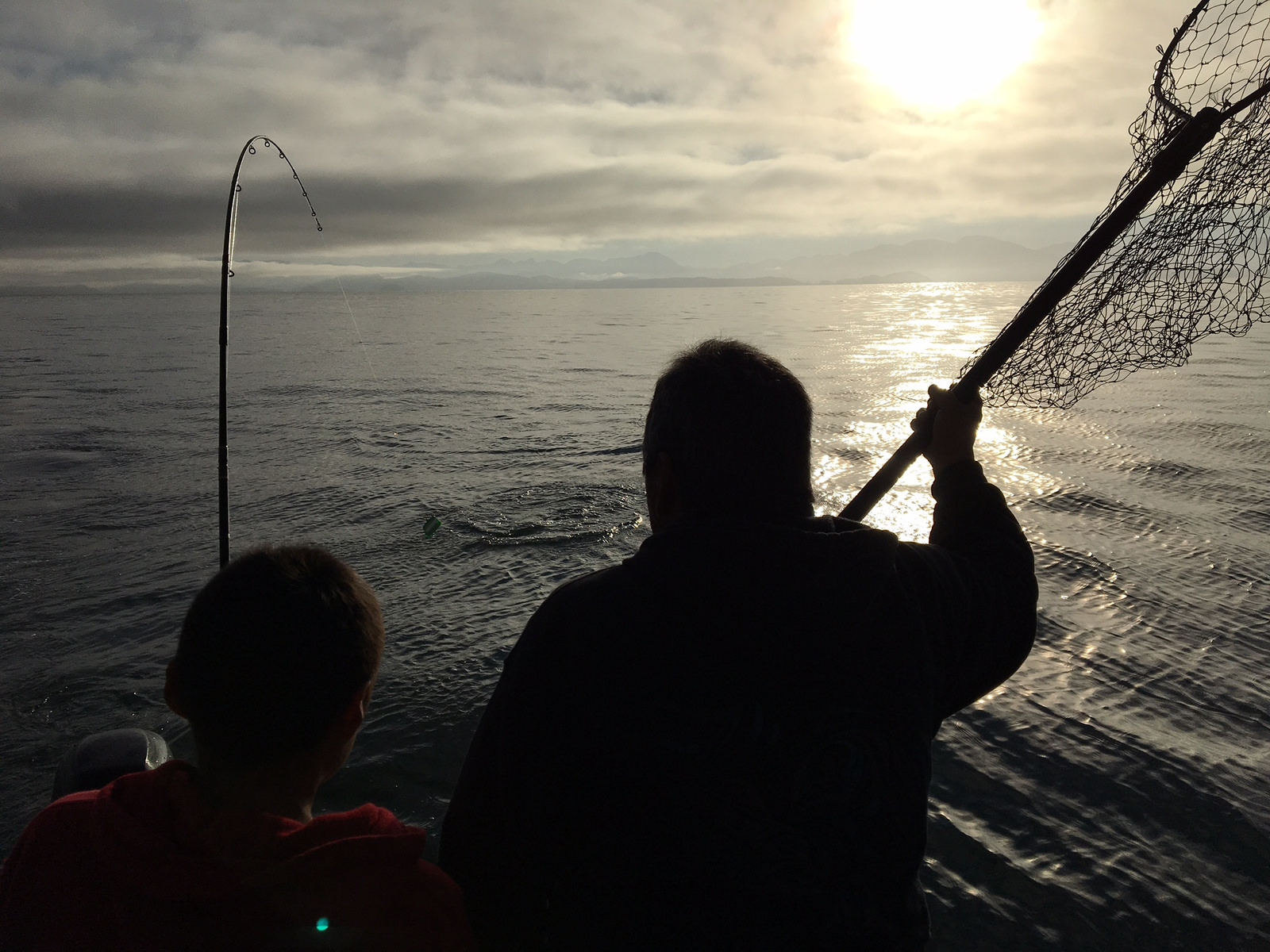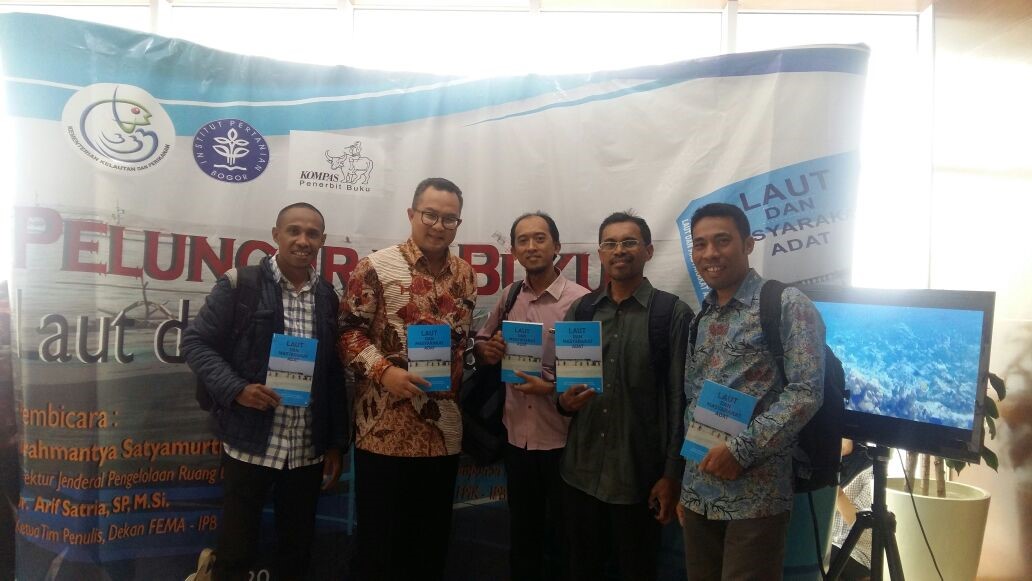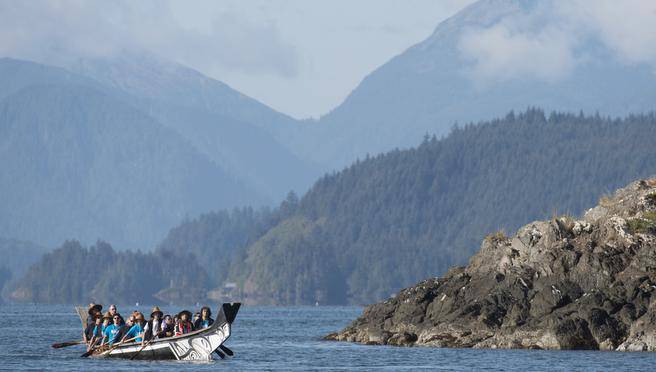Community and Indigenous Marine Protected Areas
[vc_row css_animation="" row_type="row" use_row_as_full_screen_section="no" type="full_width" angled_section="no" text_align="left" background_image_as_pattern="without_pattern"][vc_column width="2/3"][vc_column_text]Marine Protected Areas (MPAs) are one proven way to protect ocean ecosystems and increase fish abundance. But without strong support from Indigenous nations and communities, MPAs may be ignored and risk failure. Our study of experiences from other...



